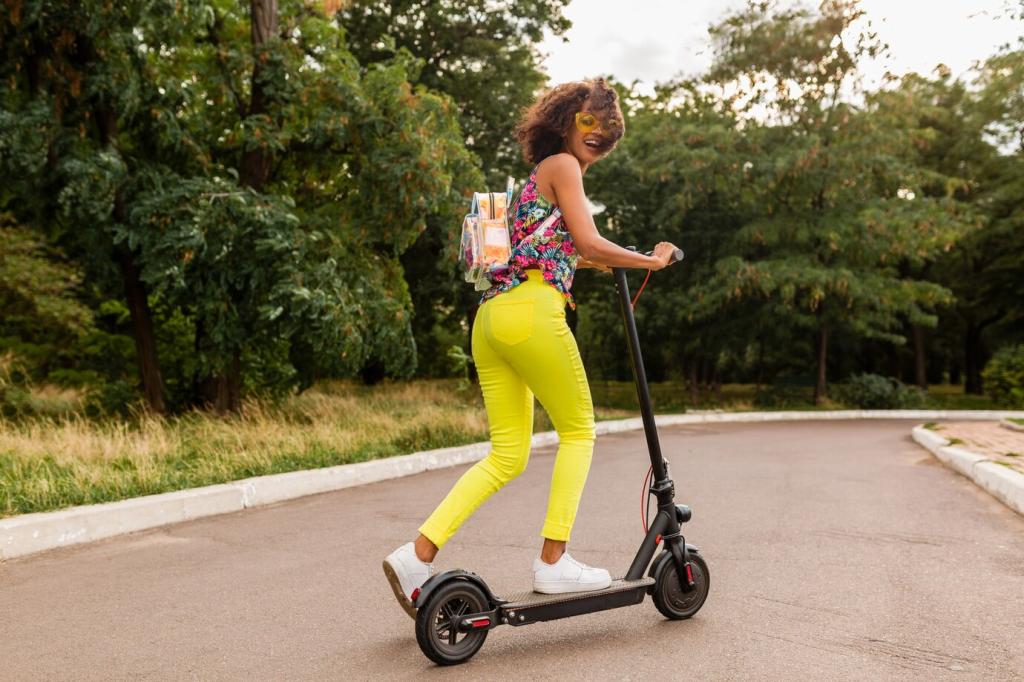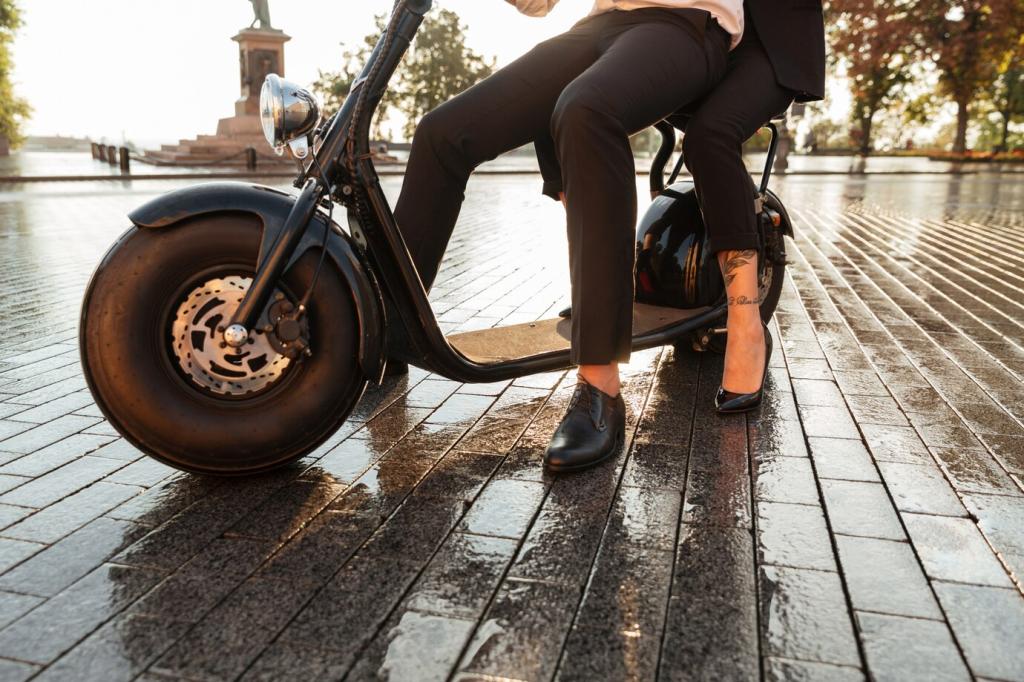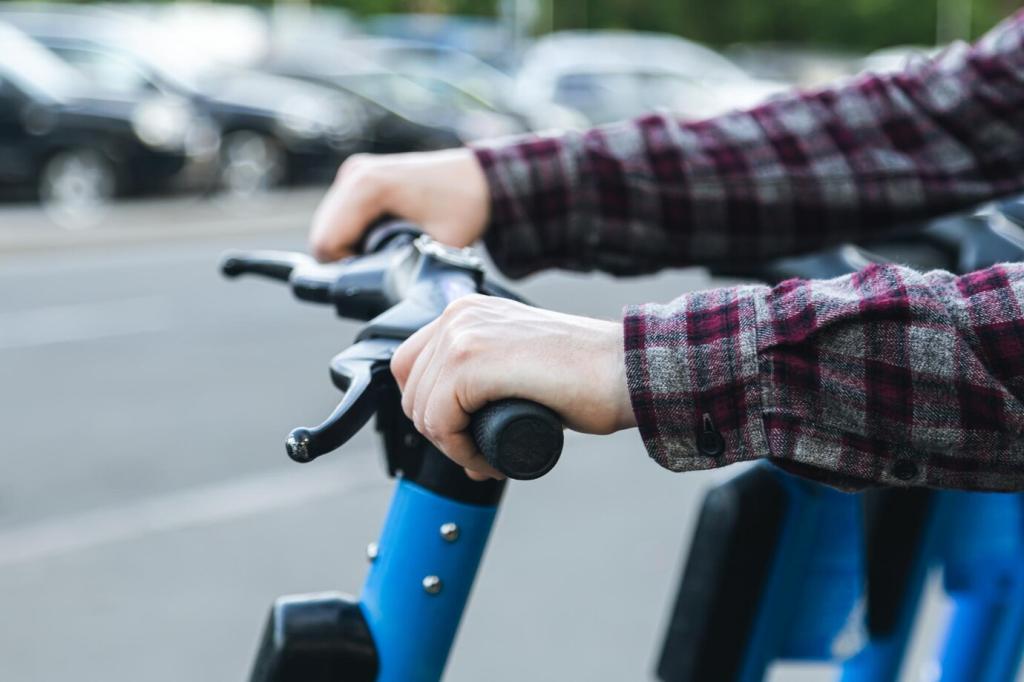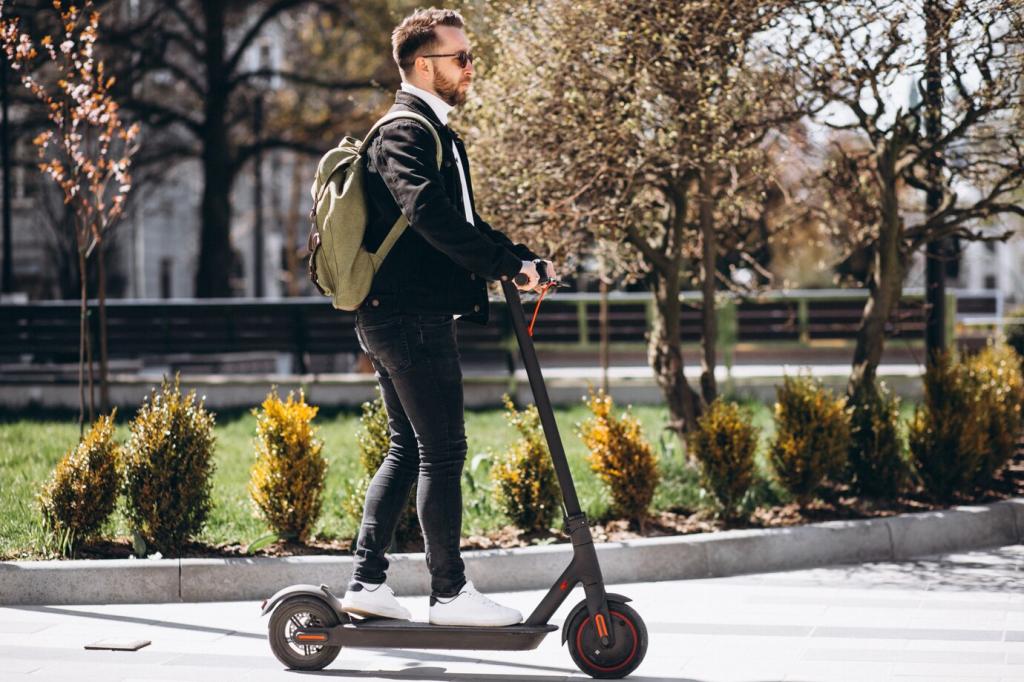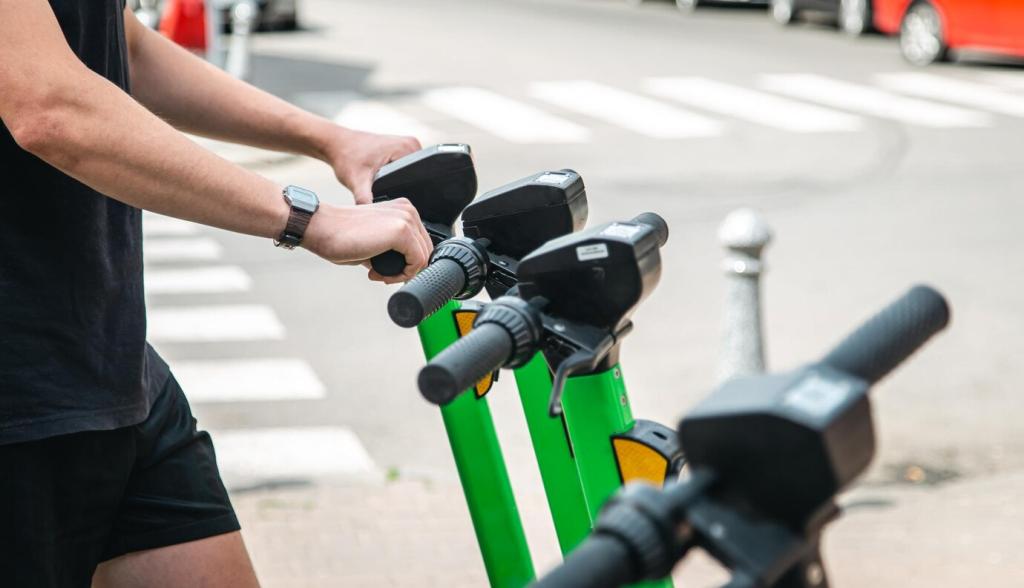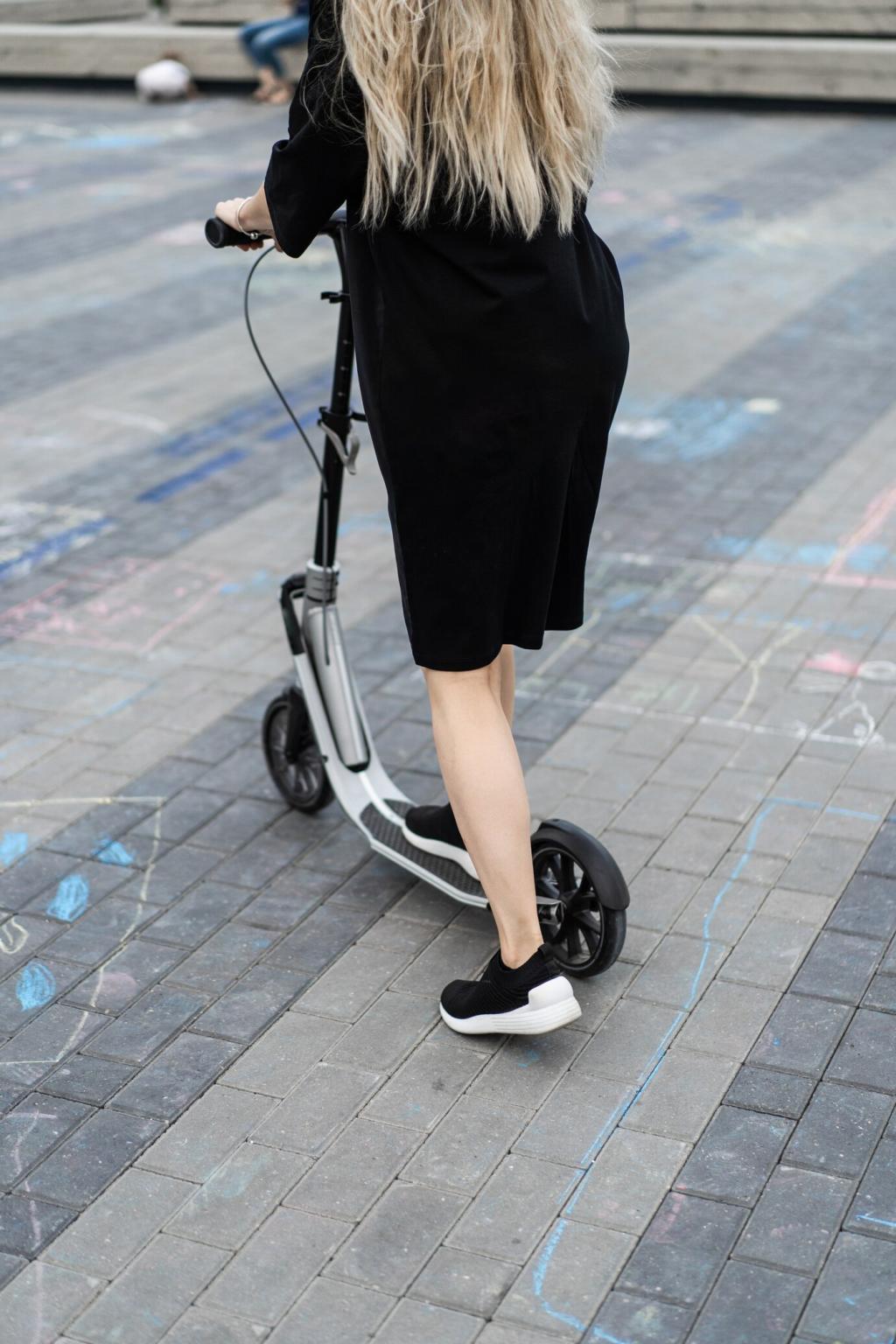Safety Standards Demystified for Electric Scooter Riders
Look for recognized labels like CPSC (USA), EN 1078 (Europe), or the NTA 8776 standard used for higher-speed e-bikes that many scooter riders adopt. These standards verify impact performance, strap strength, and coverage. Always check the inside sticker; if it’s missing or unclear, consider another model and ask the community for verified examples.
Safety Standards Demystified for Electric Scooter Riders
Modern crashes often involve angled impacts that twist the brain. Tech like MIPS, WaveCel, or SPIN helps reduce rotational forces. Try helmets with these systems and gently rotate them on your head to feel how liners slip independently. If you’ve ridden with one, describe your experience so newcomers can learn from real-world feedback.

